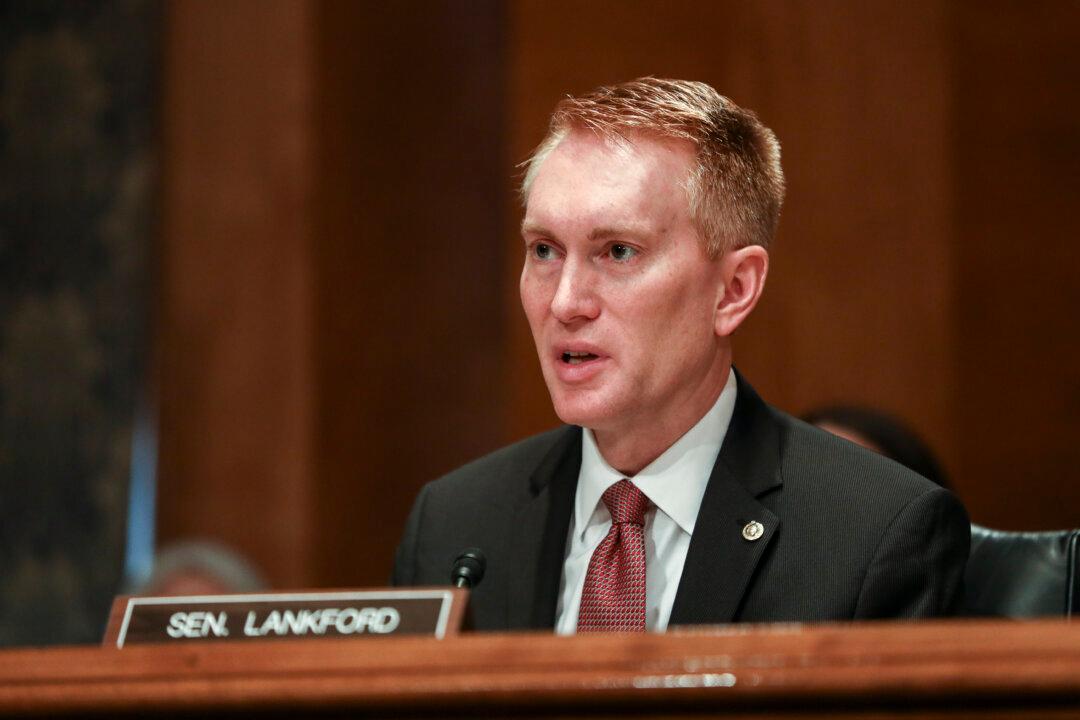News Analysis
Among the biggest unanswered questions in the nation’s capital is how many federal government programs taxpayers fund these days. This mystery has evaded Washington’s best minds for decades.


Among the biggest unanswered questions in the nation’s capital is how many federal government programs taxpayers fund these days. This mystery has evaded Washington’s best minds for decades.